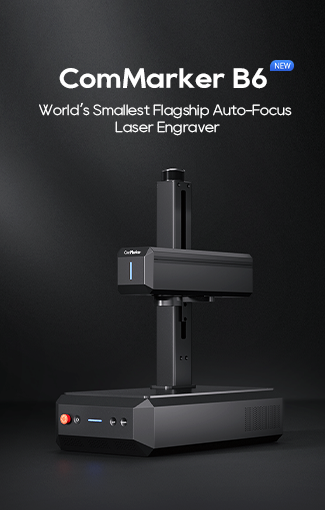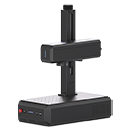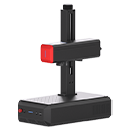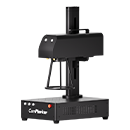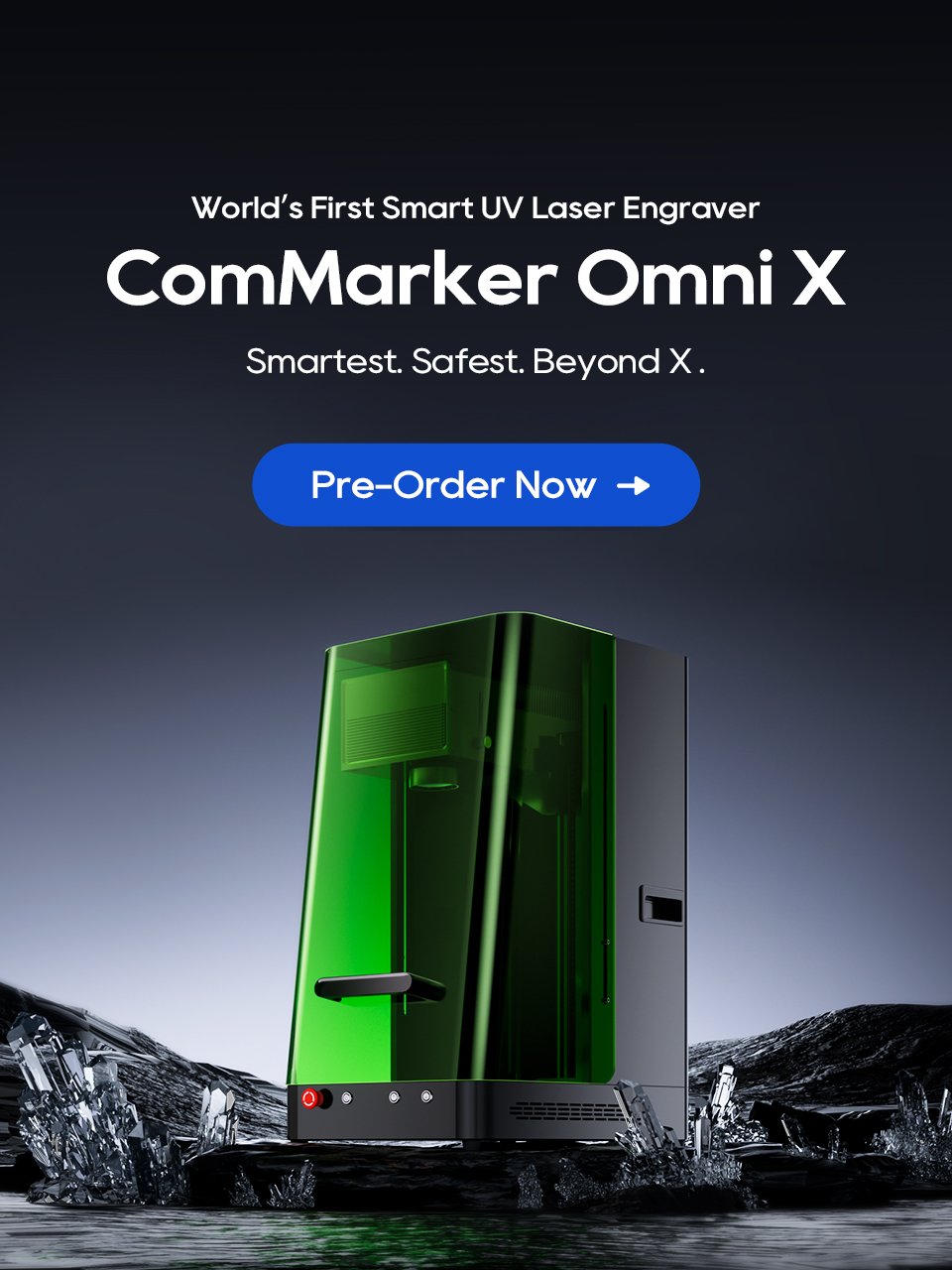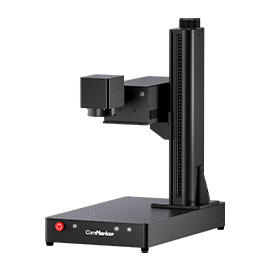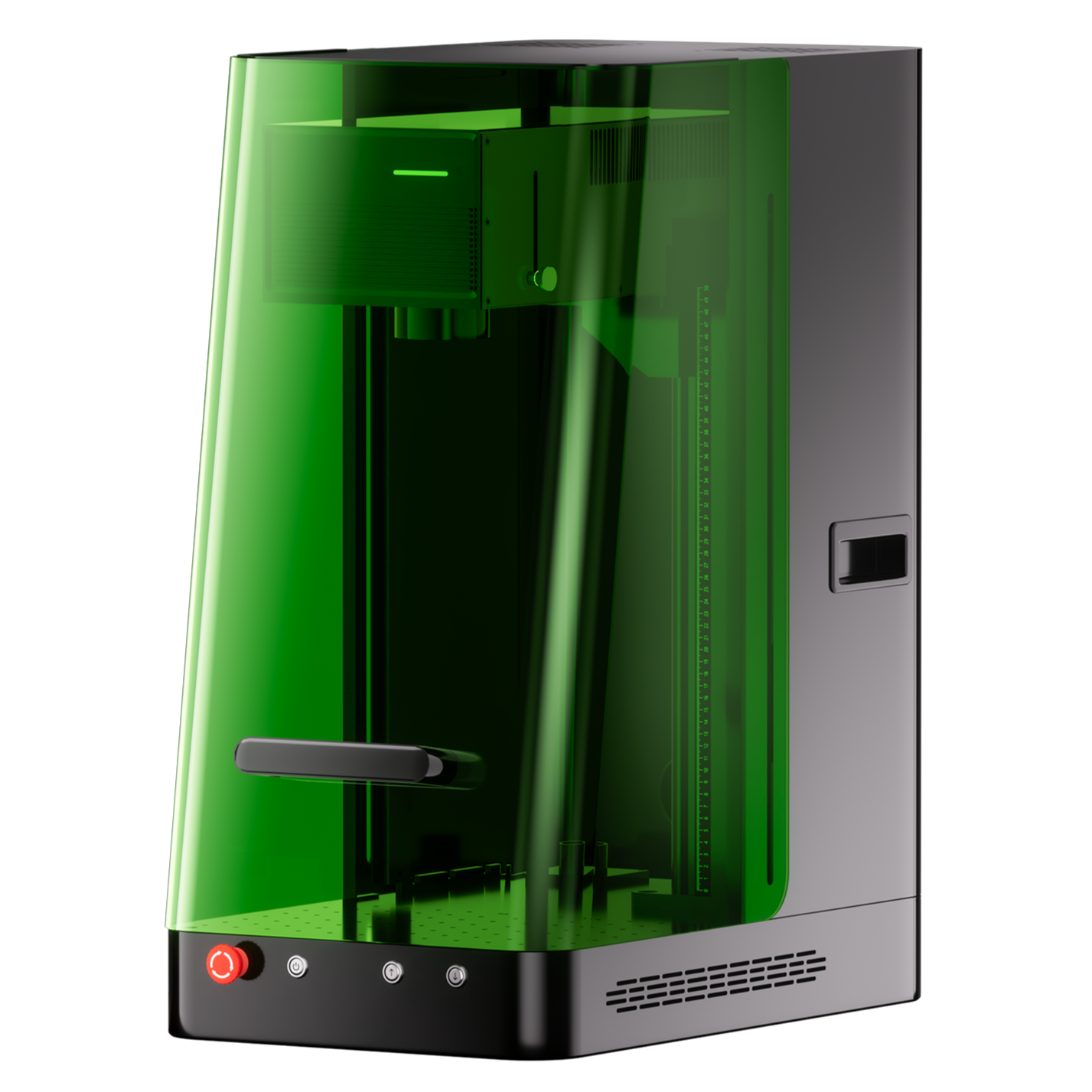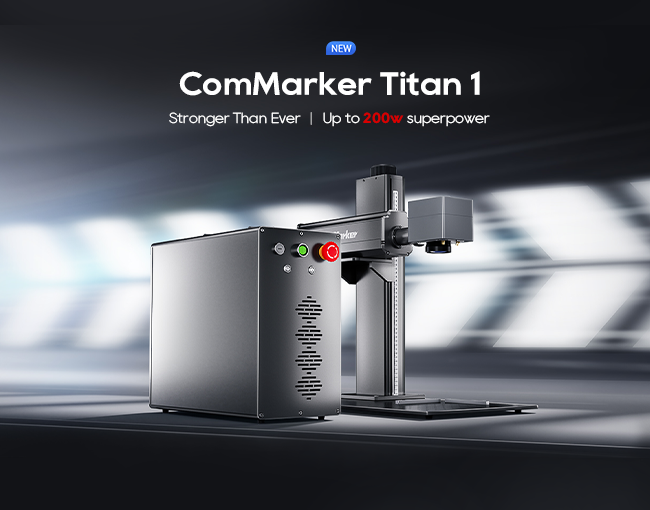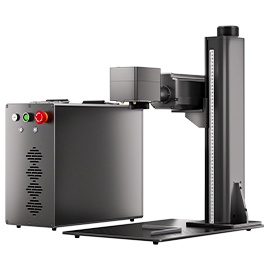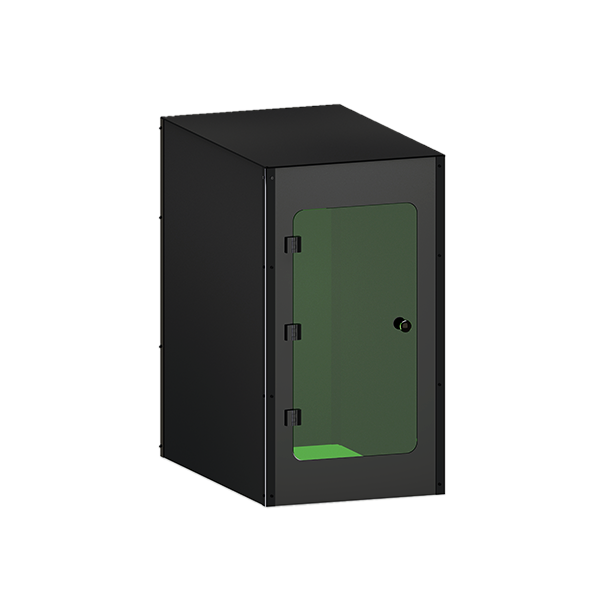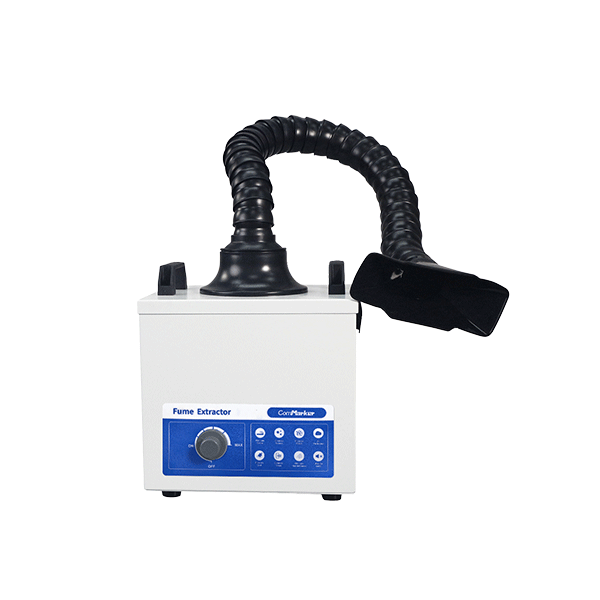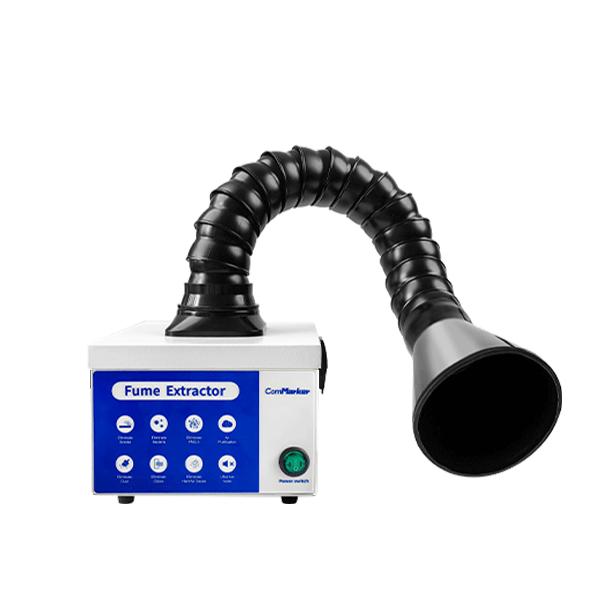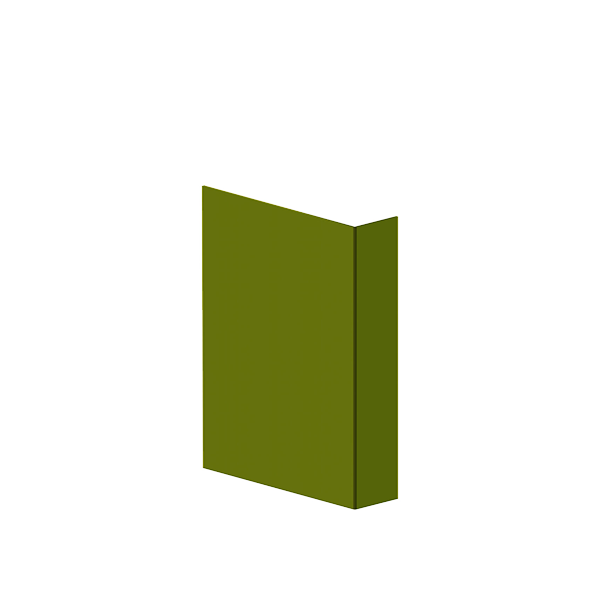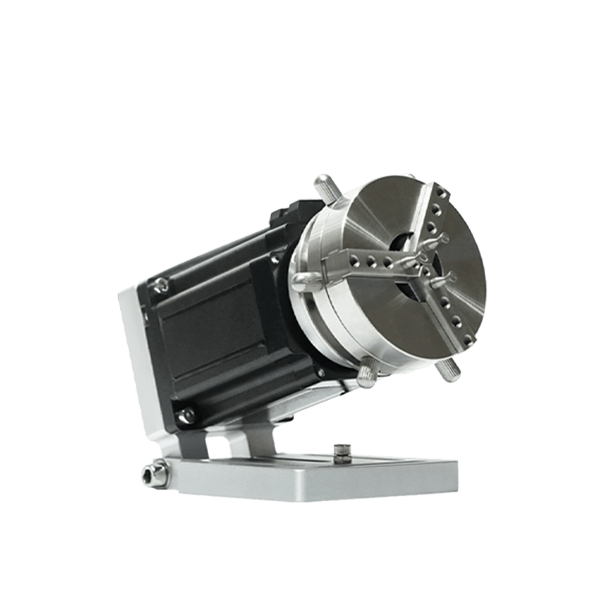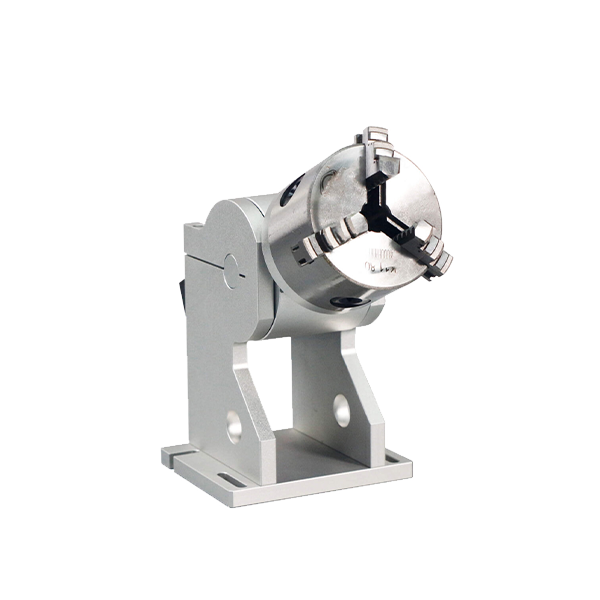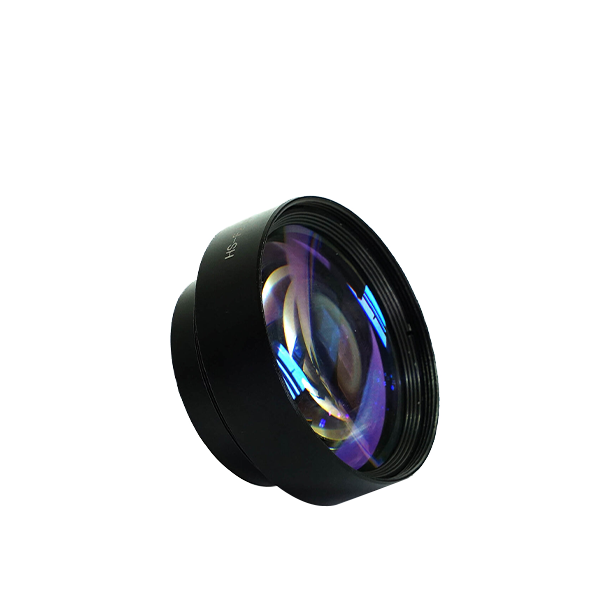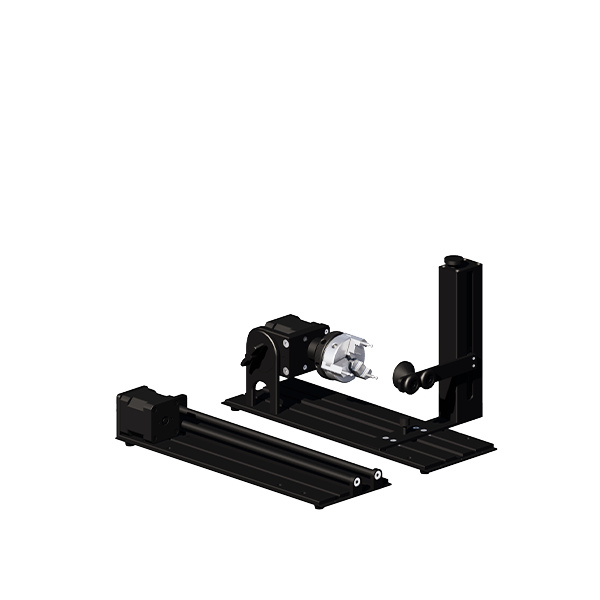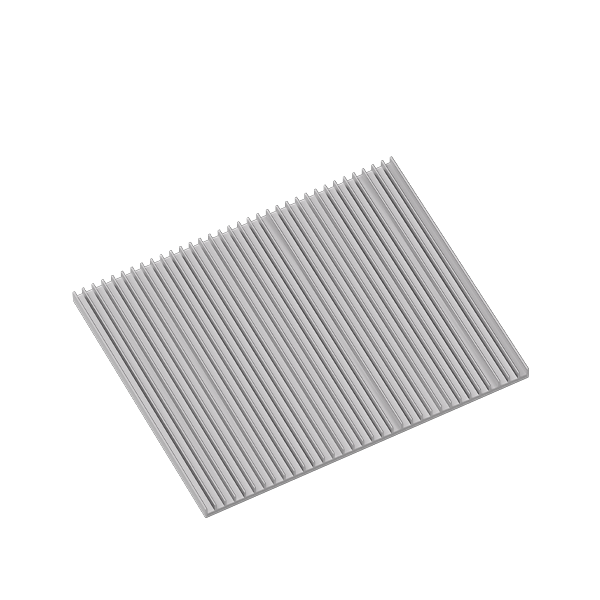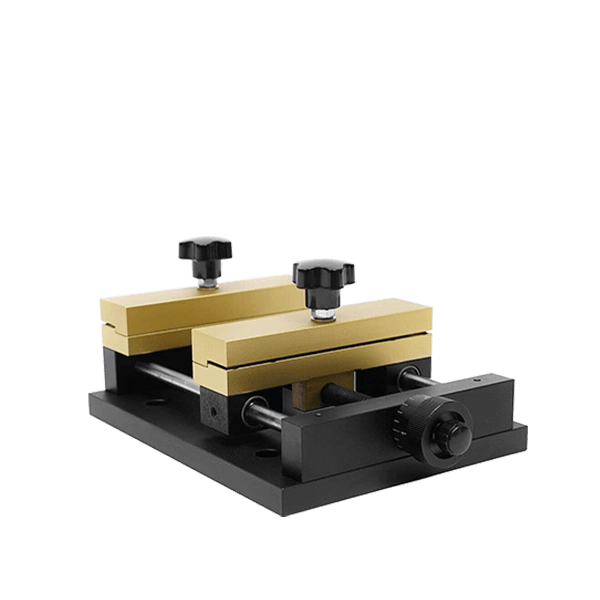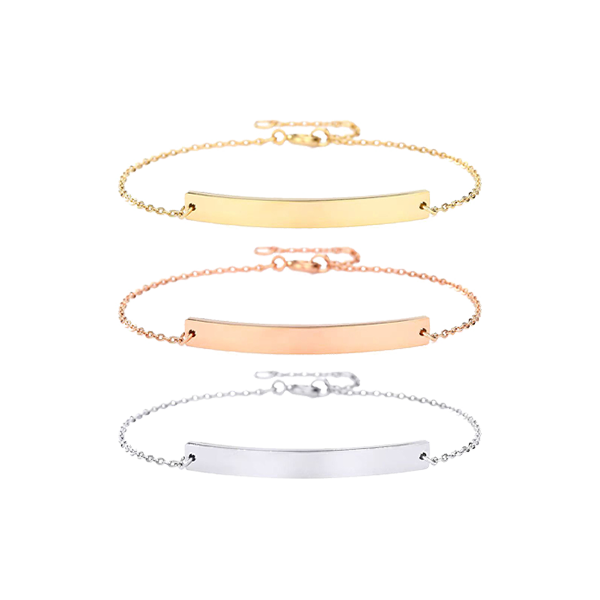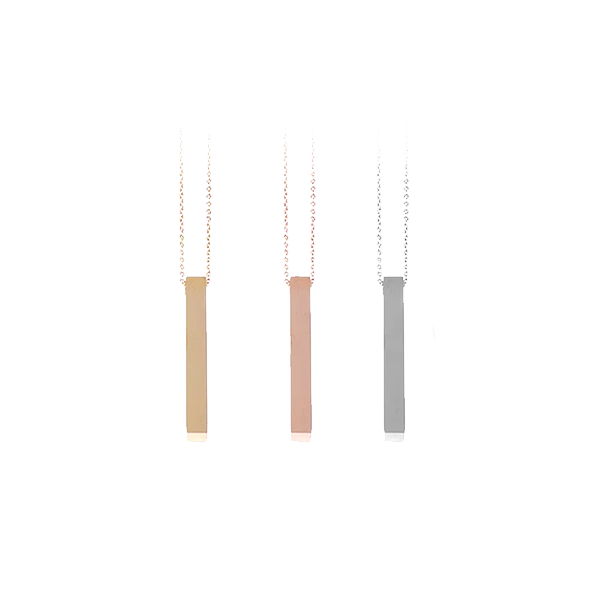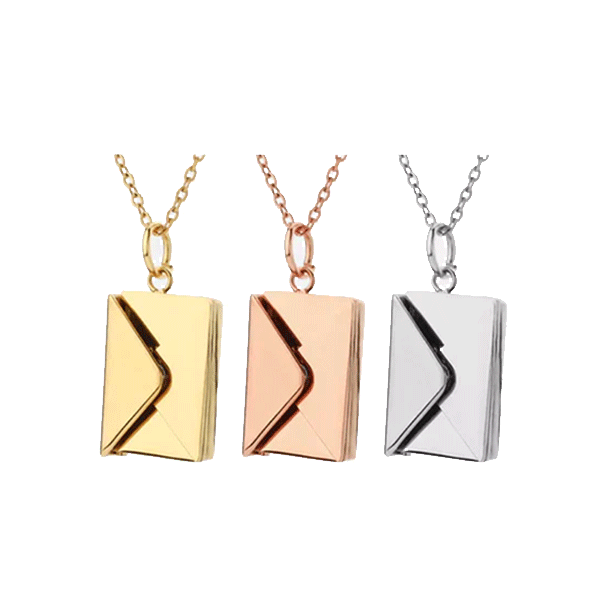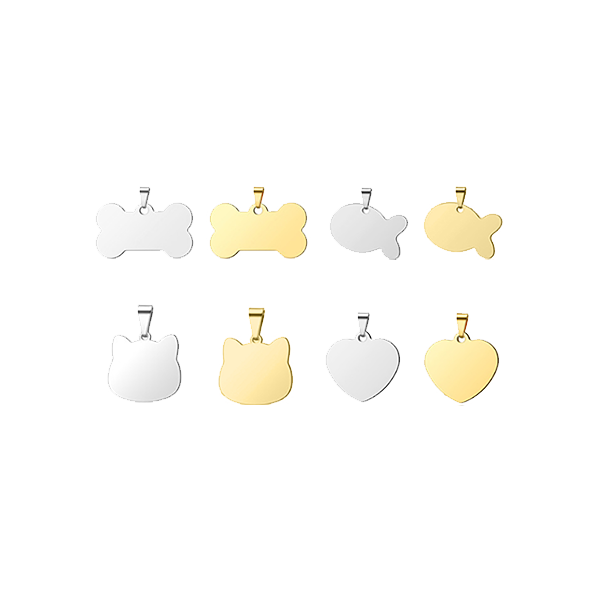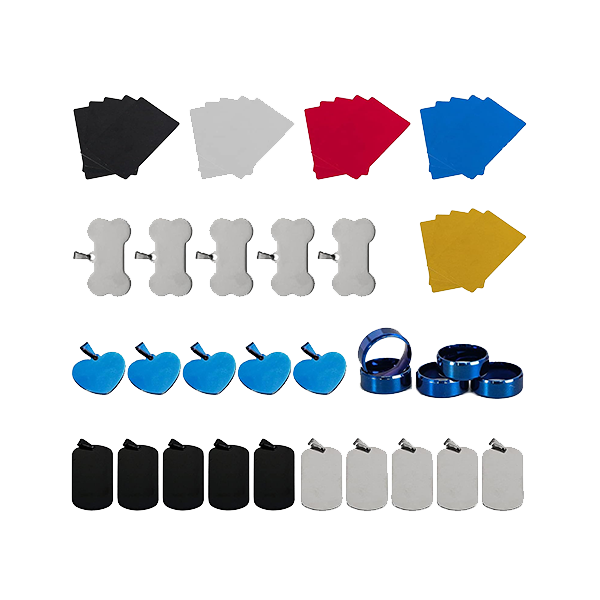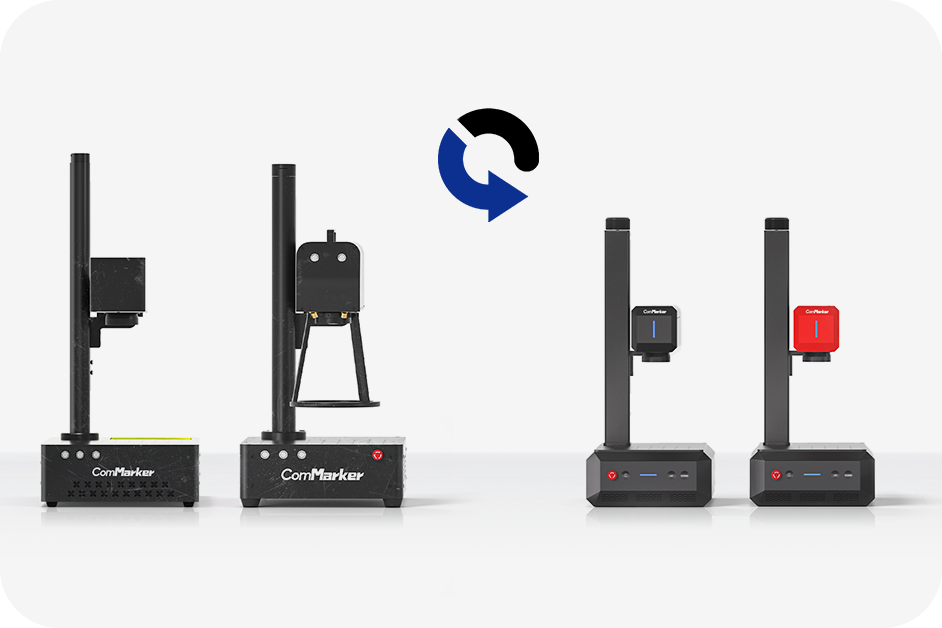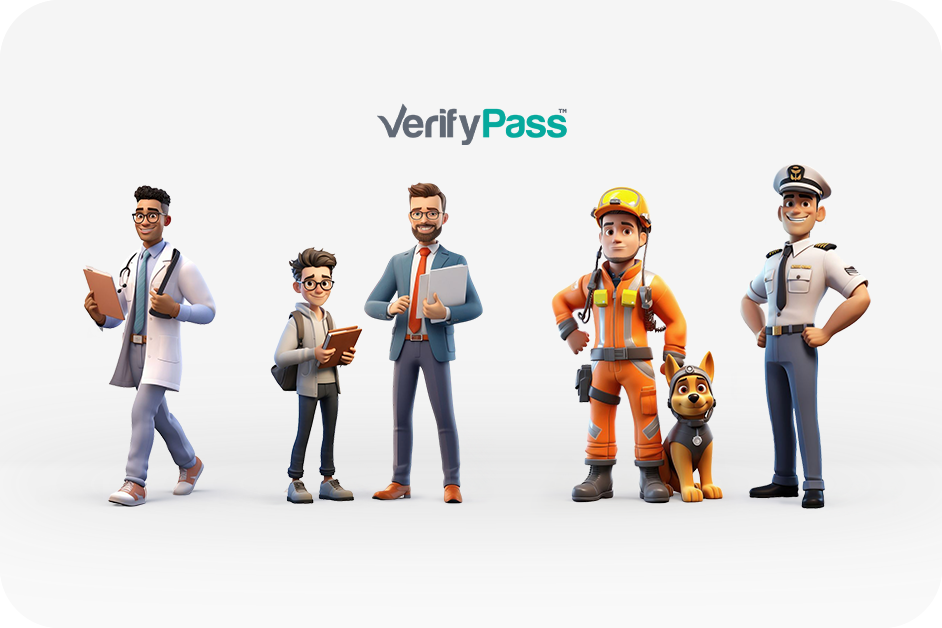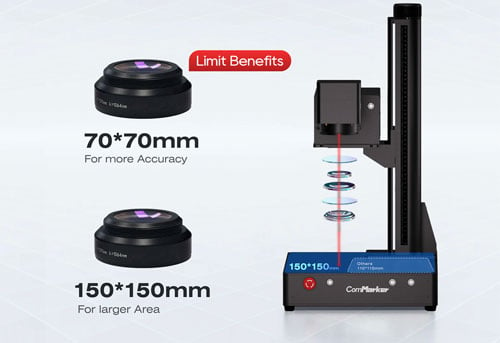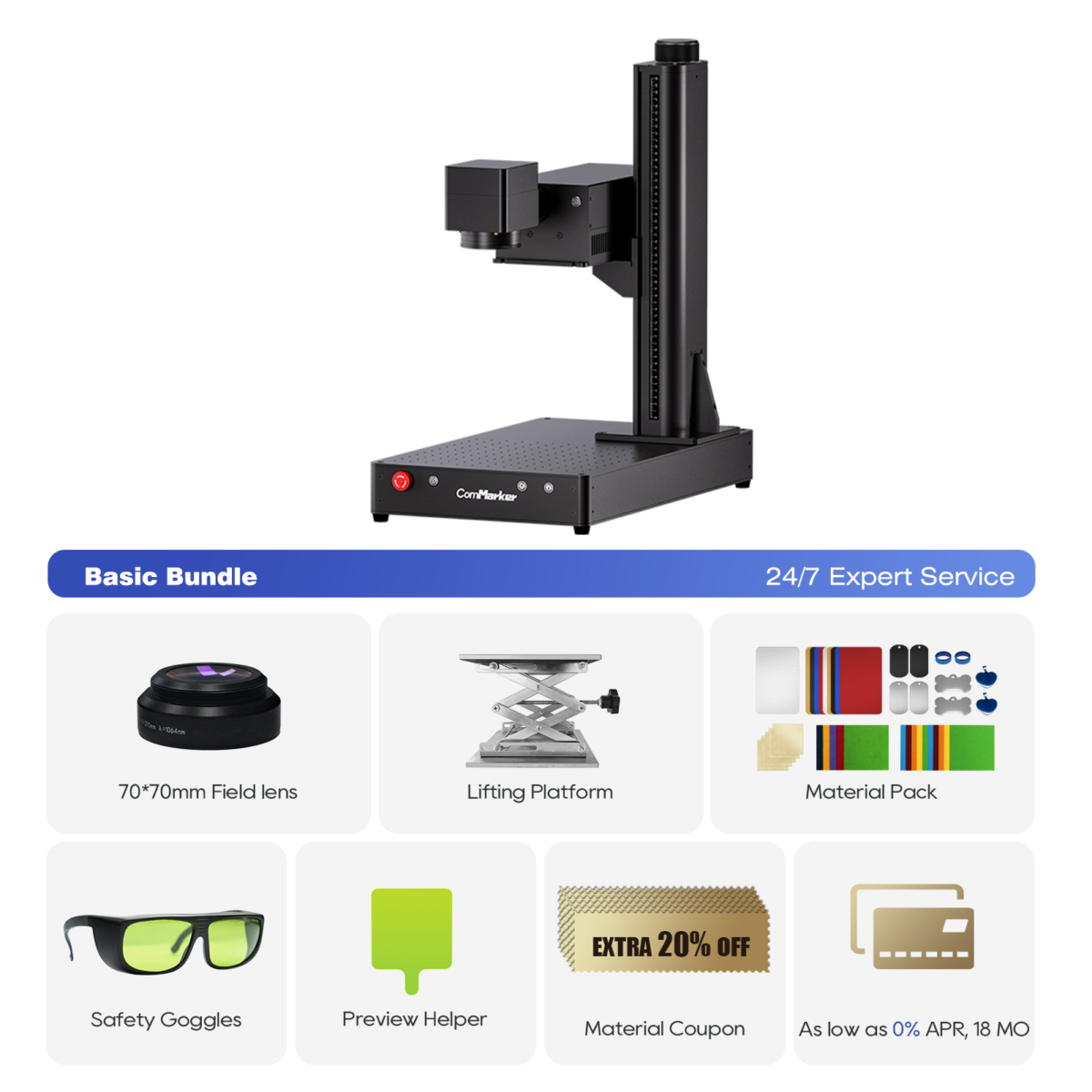Bij gebruik van een laser graveur, matching the right laser source with the proper veldlens isn’t just a technicality—it’s the secret to maximizing your engraving precision, stroom, en snelheid. Of je nu met metaal werkt, plastic, of keramiek, understanding how these two core components interact will directly impact the quality of your results. This guide will help you pair them effectively based on your material and application.
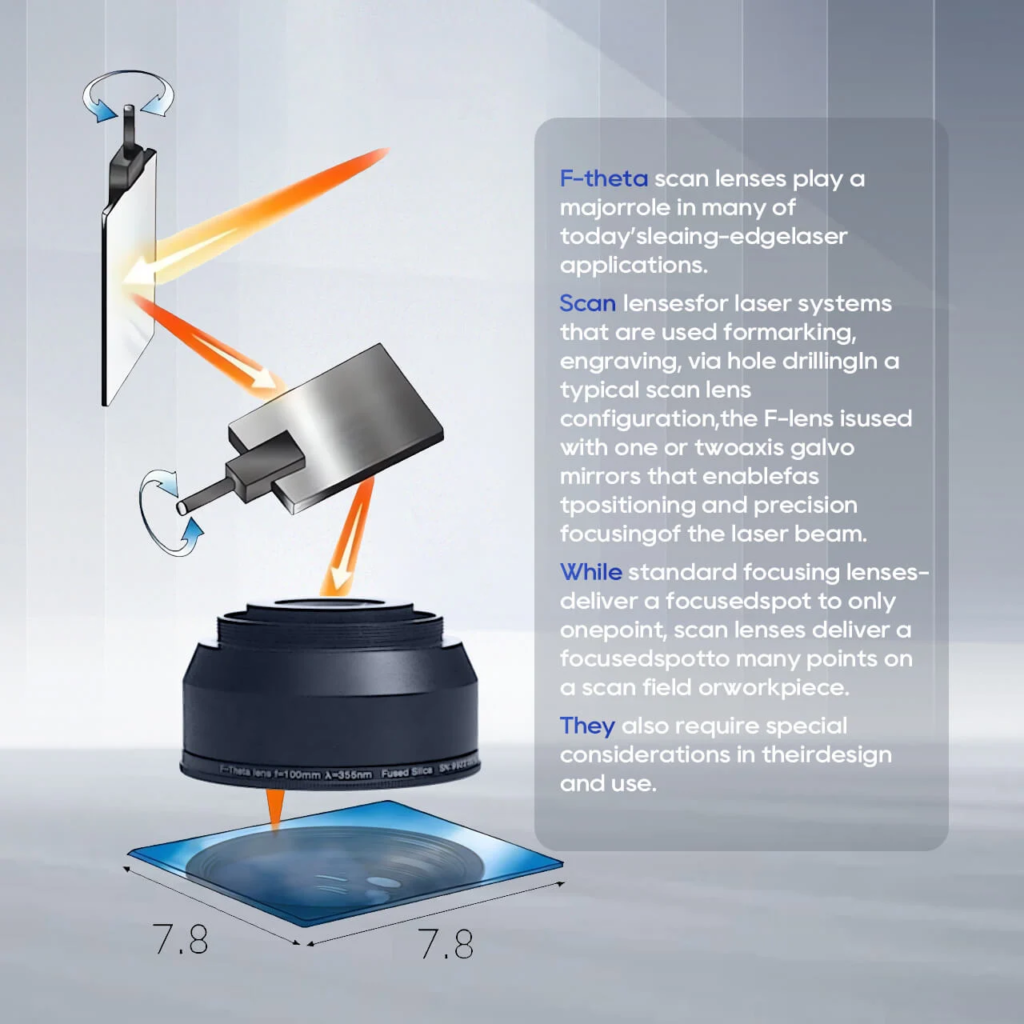
Understanding the Laser Source and Its Role
Before diving into lens selection, let’s review the three most common laser sources:
| Lasertype | Golflengte | Het beste voor | Example Materials |
|---|---|---|---|
| CO₂-laser | 10,600 nm | Organic materials | Hout, acryl, leer |
| Vezellaser | 1,064 nm | Metalen & harde kunststoffen | Roestvrij staal, aluminium, buikspieren |
| UV-laser | 355 nm | Heat-sensitive & fine detail work | Plastic, glas, keramiek |
Elk laser source emits light at a specific golflengte, which affects how well it is absorbed by the target material. This is crucial because poor absorption means weak marking or even surface damage.

Choosing the Right Field Lens (F-Theta Lens)
De veldlens, also called an F-theta lens, determines your engraving area and focus characteristics. Important factors include:
- Brandpuntsafstand (bijv., 100mm, 200mm): Shorter focal lengths = smaller working area, tighter focus = higher detail.
- Vlekgrootte: Smaller spot size = higher precision, but less depth.
- Distortion: A good F-theta lens minimizes edge distortion in large working fields.
Typical Pairings for Efficiency
| Lasertype | Typical F-Theta Lens | Use case |
|---|---|---|
| Co₂ | 63.5mm or 100mm | Cutting/engraving wood or acrylic signs |
| Vezel | 160mm or 254mm | Deep metal engraving or color marking |
| UV | 110mm or 150mm | QR code etching on plastics, IC chips, glass bottles |
Tip: For the ComMarker Omni 1 UV-lasergraveerder, a 110mm field lens gives excellent accuracy on small plastics, while a 150mm lens is better for glass or ceramic surfaces.

Matching Considerations That Matter
- Compatibiliteit met golflengten
A lens designed for 1064nm (vezel) won’t transmit 355nm (UV) effectively. Make sure your lens matches your laser source wavelength. - Engraving Area vs. Precisie
Larger field lenses cover more surface area, but with a larger spot size. If you’re marking fine logos or QR codes, use a smaller lens. - Materiaaltype
- Metaal: Vezellaser + 254mm lens for coverage or 160mm for depth.
- Plastic: UV-laser + 110mm lens = crisp, high contrast.
- Organic: Co₂ + 63.5mm = fine details on wood or leather.
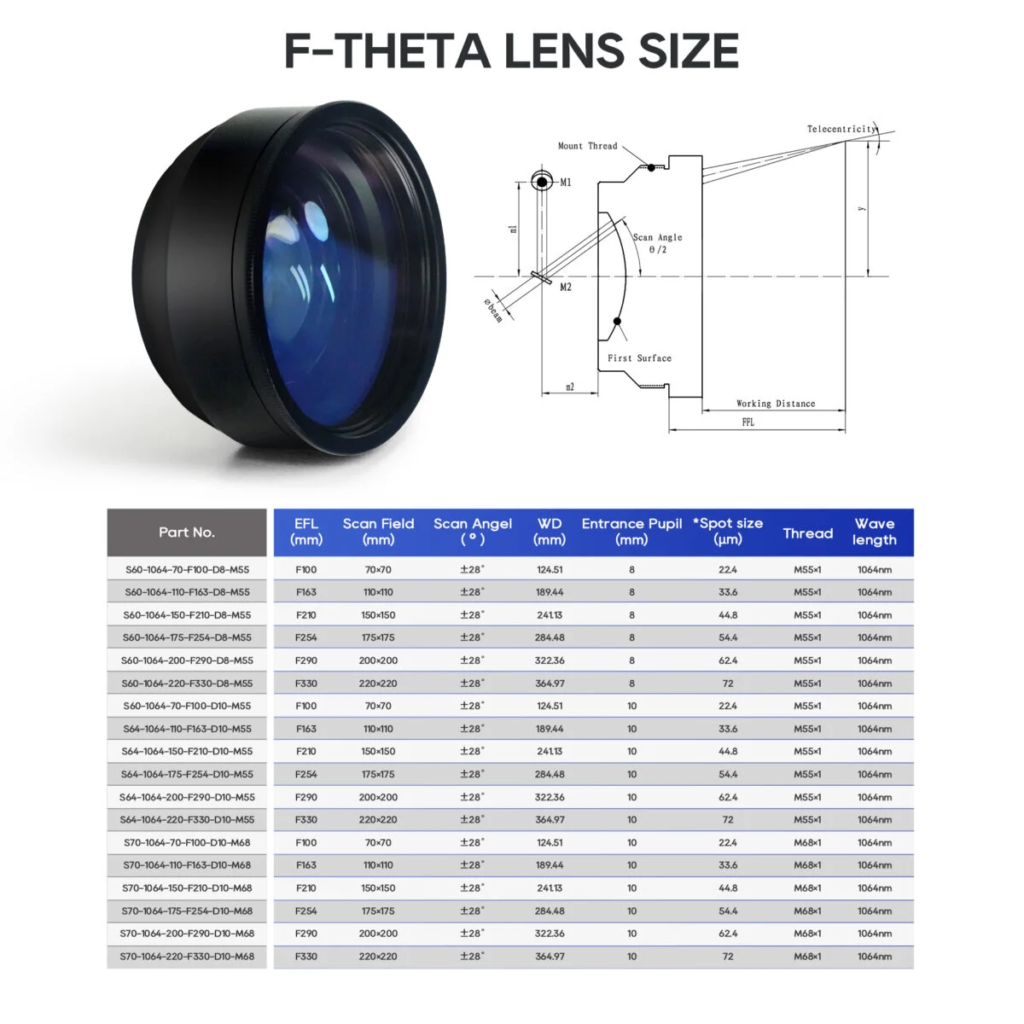
Recommended Setups for Beginners and Professionals
| Materiaal | Best Laser Type | Ideal Lens | Use case |
|---|---|---|---|
| Roestvrij staal | Vezellaser | 160mm | Diepe gravure, hulpmiddelen |
| Plastic Products | UV-laser | 110mm | Serienummers, QR-codes |
| Glaswerk | UV-laser | 150mm | Logos on bottles |
| Leather Tags | CO₂-laser | 63.5mm | Aangepaste branding |
ComMarker Omni 1 Lasergraveerder
Laser van de volgende generatie om alle materialen te ontgrendelen. ZeroBurn™-graveertechnologie 's werelds eerste 16K HD-lasergraveerder 10.000 mm/s SpeedMax™-graveersysteem Ontgrendel al het materiaal met UV-laser ColdFront™ thermische technologie Elektrisch heffen met 2 Optionele lenzen compatibel met EZCAD en LightBurn 360° roterend graveersysteem
Matching Smartly Maximizes Your Laser Engraver’s Potential
Choosing the right combination of laser source and lens is the foundation of getting pro-level engraving results—without wasting time or materials. If you’re just getting started or upgrading your current setup, de ComMarker Omni 1 UV offers pre-configured lens options with powerful wavelength precision, making it a flexible solution for plastic, glas, steen, and metal engraving.
Looking for an all-in-one solution? Check out the ComMarker Omni 1—a professional-grade laser engraver with customizable lens options and versatile UV laser power.




